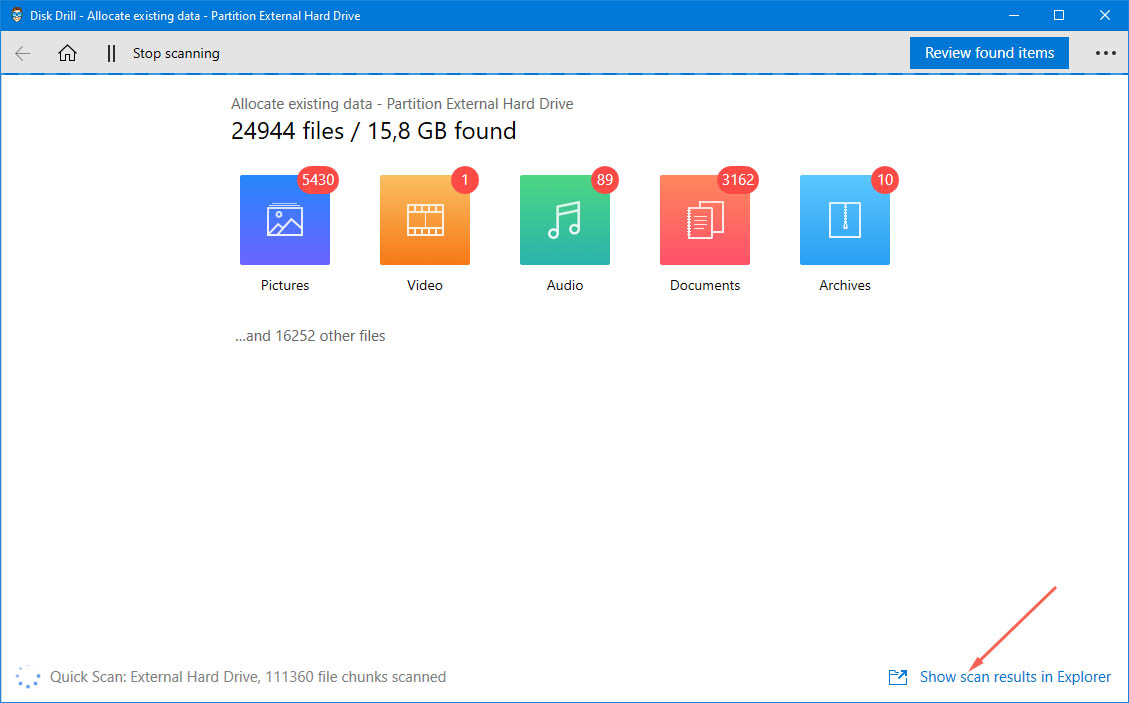
- #Transfer files from mac to pc external hard drive portable
- #Transfer files from mac to pc external hard drive windows
⚠️ This procedure will not be possible with newer Macs that are equipped with an internal SSD that cannot be removed from the device. Some models require an external power source and come with an AC adapter. You can connect the docking station to your PC. This product serves as the power source so that the physical disk can spin for reading purposes. The best option is a dual-bay external hard drive docking station.
#Transfer files from mac to pc external hard drive portable
Use a Portable Hard Drive Operations Connectionĭid your Mac fail? You can still transfer files from Mac to a PC external hard drive without a power source if you have a hard drive reader.
#Transfer files from mac to pc external hard drive windows


Once you’ve completed the steps, the transfer to PC is complete.ģ. Step 5: Implement the instructions provided by Disk Drill to retrieve the files from the HFS+ hard drive. Step 4: Select the scanning method, and wait until Disk Drill delivers a solution. Step 3: You’ll choose the hard drive you want to recover. (SSD recovery requires additional steps, including the creation of a byte-level backup, to recover the data for transfer.) Step 2: This action causes your PC HDD to become the storage device you’ll connect to transfer the information. Step 1: After verifying the disk condition, you can start the recovery process from your root drive. You may be using the APFS file system which is not natively compatible with your Windows PC. If your Mac drive is non-HFS+ formatted, it’ll take a little more time to complete the transfer process. Recover Files from a Non-HFS+ Hard Drive.

Select the Allocate existing data scanning method and click Search for lost data.Launch Disk Drill and select the HFS+ partition on the connected drive.Attach the HFS+ drive to the Windows PC.Use the following steps to perform this operation: Disk Drill for Windows supports allocating existing files stored on HFS+ drives.


 0 kommentar(er)
0 kommentar(er)
